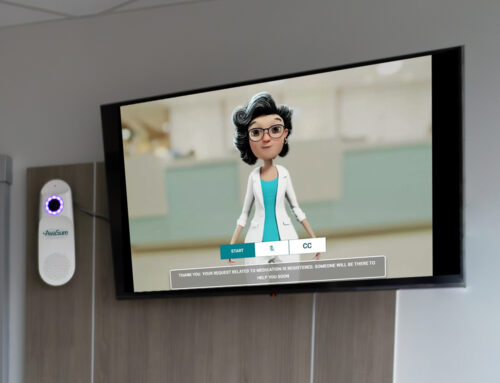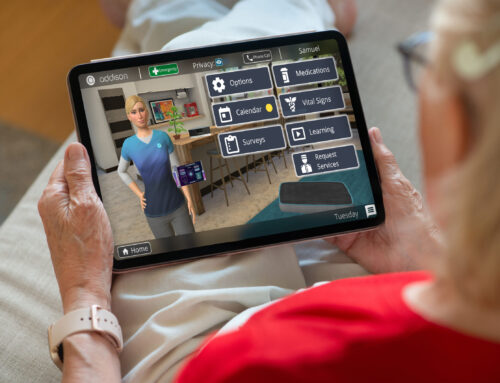The healthcare industry is in the midst of a major transformation as virtual acute care models gain traction. From in-hospital virtual care to hospital-at-home programs, healthcare leaders are leveraging technology to expand care beyond traditional settings. A recent webinar hosted by Frost & Sullivan brought together industry experts to explore the key trends shaping this evolution, including regulatory challenges, business models, and the role of AI in advancing remote patient monitoring.
Expanding Virtual Acute Care Models

In-hospital virtual care solutions are being increasingly adopted to support acutely ill patients. These models integrate advanced monitoring technologies and operational frameworks to optimize hospital resources while maintaining quality patient care. However, a significant shift is also taking place in how care is delivered. The hospital-at-home model aims to bring critical services to patients where they feel most comfortable, reducing strain on healthcare facilities and improving patient outcomes.
Dr. Mark Weisman, CMIO at TidalHealth, emphasized the importance of extending care beyond the hospital walls, stating, “We can manage a significant portion of acute care outside the hospital if we have the right technology, staffing, and regulatory support.”
The Challenges and Opportunities of Hospital-at-Home
While hospital-at-home programs are gaining momentum, regulatory uncertainty remains a major hurdle. Temporary policy extensions have facilitated adoption, but the lack of long-term regulations complicates investment decisions for healthcare organizations.
Patient expectations are also shifting. With digitally native generations like Gen X and Millennials demanding more convenient, virtual-first care options, hospitals must adapt their strategies to meet these changing needs. “Consumers expect healthcare to be as seamless as their digital banking experience,” said Kristin Molina, SVP at Medically Home.
Integrated payer-provider systems (or “payviders”) are particularly well-positioned to navigate the complex reimbursement landscape, given their ability to align incentives between care delivery and financing.
Business Models: Platform vs. Staffing Approaches
A key discussion point during the Frost & Sullivan webinar was the need for a hybrid business model that effectively combines digital tools with staffing solutions. While some organizations focus solely on technology platforms, others emphasize staffing-intensive models. Industry leaders agree that striking the right balance is essential.
“Technology alone isn’t enough. You need dedicated clinicians to ensure high-quality virtual acute care,” noted Dr. Brian Hasselfeld, Medical Director at Johns Hopkins Medicine.
AI and Wearables Driving the Next Wave of Virtual Care
AI and wearable technologies are playing a pivotal role in revolutionizing remote patient monitoring. AI-driven analytics and long-duration wearable devices enable real-time insights, reducing manual intervention and allowing for early detection of patient deterioration.
Dr. Weisman highlighted this shift, stating, “We are entering an era where continuous, passive monitoring will become the standard for hospital-at-home programs.”
Addressing Regulatory Considerations
As AI adoption accelerates, ensuring data privacy and regulatory compliance remains paramount. Different regions have varied approaches to vendor selection, with some prioritizing local providers to align with data protection laws, while others focus on interoperability to standardize data-sharing practices.
The Future of Virtual Acute Care
The pandemic dismantled many regulatory barriers, fueling the expansion of telehealth and virtual care globally. While uncertainties remain regarding long-term policy frameworks and reimbursement models, the momentum behind these innovations is unlikely to slow down.
Ultimately, the success of virtual acute care will depend on seamless collaboration between healthcare providers, technology vendors, and policymakers. By embracing hybrid models, addressing regulatory gaps, and leveraging AI-driven insights, healthcare organizations can build a sustainable and patient-centered future for acute care.
The original Frost & Sullivan article and webinar can be accessed at this link.












